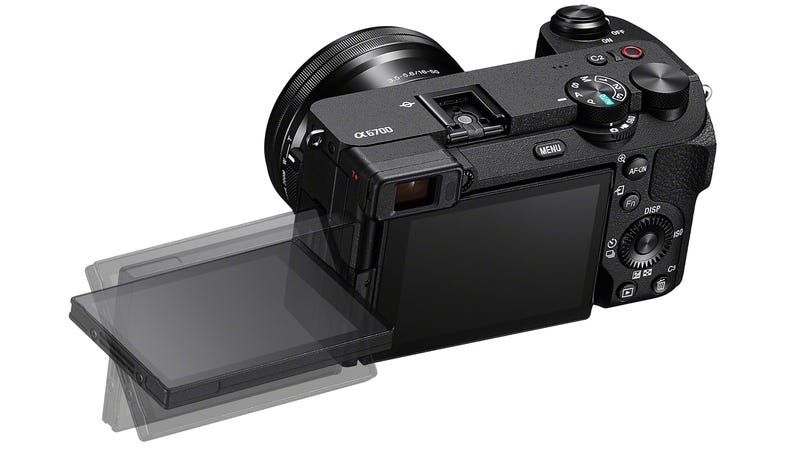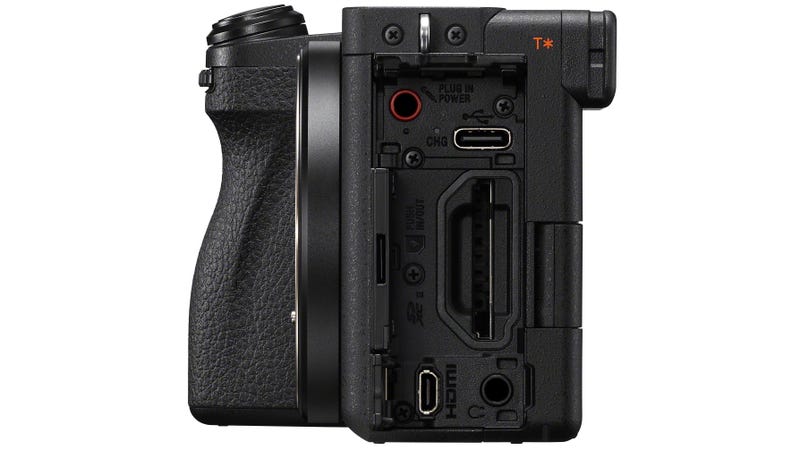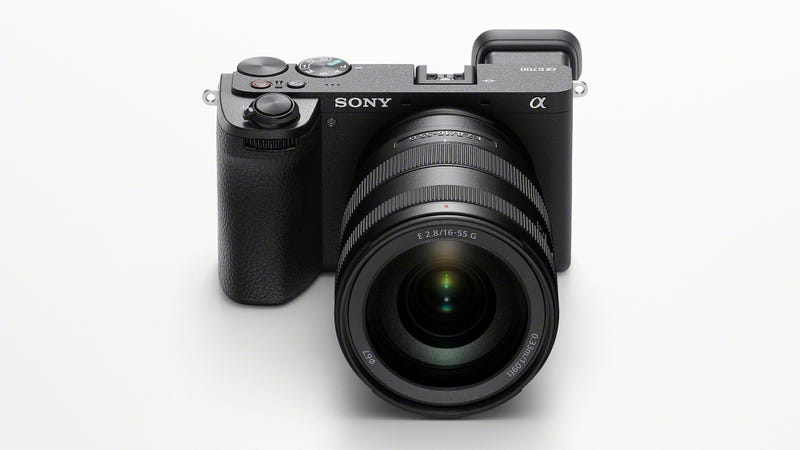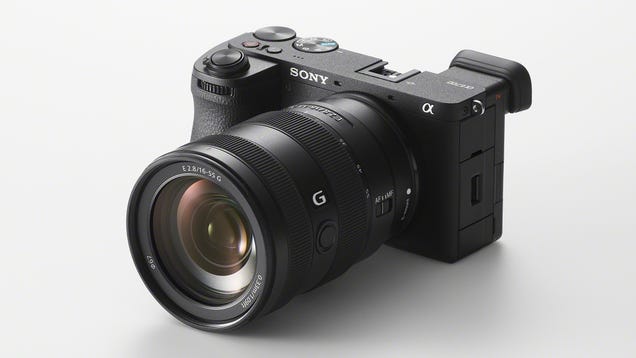It’s been almost four years since Sony introduced a new model to its popular, affordable, A6000 series of APS-C digital cameras. While the new A6700 isn’t a huge step-up over 2019’s A6600, it arrives with more than enough new features and improvements for fans of the line to consider finally upgrading their gear.
Although 2021’s Sony ZV-E10 bears a passing resemblance to the company’s A6000-series lineup and featured an APS-C sized sensor, it was primarily designed and marketed as a tool for content creators working with video, and featured controls and a UI streamlined for that use case. The 24.2-megapixel ZV-E10 could still be used as a still camera, and featured swappable lenses, but it was far from optimized for that purpose.
The new Sony A6700 comes with a modest bump in resolution over its predecessor—26-megapixels compared to the A6600’s 24.2-megapixels—but hopefully by now we all know that megapixels isn’t the only metric with which to measure a digital camera’s capabilities.
The A6700’s back-illuminated Exmor R CMOS image sensor promises to deliver much improved autofocus performance, and the camera features the same AI processing unit as Sony’s $US3,900 AF champ, the Alpha 7R V. Not only can the new A6700 recognize and prioritize focus on humans and animals in frame, it can also identify birds, insects, as well as planes, trains, and automobiles, making it easier for photographers with specific interests to capture their subjects.

The Sony A6600’s flip-up LCD screen has been replaced with a vari-angle LCD monitor on the A6700 that swings out to the side and rotates 180-degrees facilitating selfies. It also has touch interactivity for navigating software settings through an improved menu structure. There are no real improvements to the A6700’s electronic viewfinder, which maintains a 2.36 million dot resolution, but with refresh speeds of 120fps, it should feel more like looking through an optical viewfinder.

Other notable hardware improvements include the addition of a customizable dial on the front of the camera’s grip located below the shutter button, a single SD card slot moved to the side of the camera, a micro-HDMI port (you’ll need an adapter or a special HDMI cable to use it), and a redesigned mode dial on top with a dedicated dial for switching between stills, videos, and Sony’s S&Q (slow and quick) mode for easily capturing timelapse or slow motion footage.
Continuous shooting speed with autofocus and auto-exposure active still maxes out at 11fps, but a larger buffer means the Sony A6700 can capture up to 59 compressed RAW files, or over 1,000 JPEGs, before the camera makes you wait while it dumps data to the SD card. On the video side of things, the A6700 can capature 4K, 10-bit, 4:2:2 quality video at up to 120fps which is super-sampled from 6K to further improve the detail in the footage.

Available for pre-order now but not shipping out until next month, the Sony A6700 will be available by itself, body only, for $1,400, or bundled with one of two lens options for $US1,500, or $US1,800.
